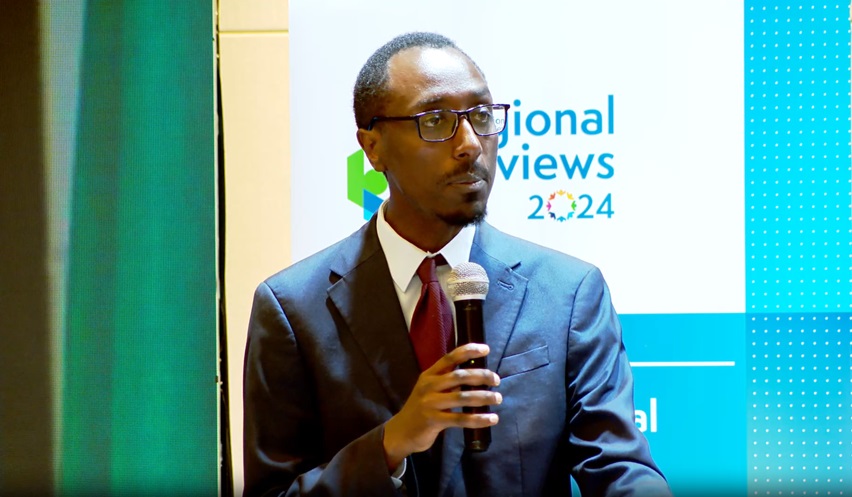Regional Review Discussing on How to Leverage Power of Migration - ENA English
Regional Review Discussing on How to Leverage Power of Migration

Addis Ababa October 09/2024(ENA)The second Regional Review of the Global Compact for Safe, Orderly, and Regular Migration (GCM) discusses how to leverage the power of migration in Addis Ababa.
In his opening remark, Justice Minister Gedion Timotheos said that the compact underscores the rights and well-being of migrants and their communities in the country of origin, their transit, and host territory.
He added that with the adoption of this first global document on migration, member states commit to promoting the 2030 Agenda for Sustainable Development.
According to him, the GCM offers an important opportunity for member states to address all aspects of their migration governance in a comprehensive manner since Africa is a hub for dynamic and complex human mobility characterized by mixed and irregular migration.
“Ethiopia, as a source, transit and destination country for migrants, played a key role in the GCM process from its inception throughout its development and adoption. Ethiopia formally launched the implementation of GCM in 2019. In the same year, the GoE identified priorities from the 23 objectives of the GCM and selected 10 priority objectives in line with its national priorities to accelerate progress in the implementation of the Compact,” Gedion elaborated.
This was followed up with actual implementation through mainstreaming the priorities in to national policies and programs in conjunction with the SDGs, the Minister added.
IOM Director-General and Coordinator of the United Nations Network on Migration, Amy Pope said that the world needs to know that Global Compact for Safe, Orderly and Regular Migration (GCM) is still alive.
Admitting that real challenges exist, Pope stressed “but let us not stop too long on those challenges. Let us not get mired in admiring the problem. Let us look at how we accelerate solutions, because we know that there is a lot of work to do.”
“We see it every single day, that migration, when it is part of national strategies, when it is part of planning, when it is built into every angle of our engagement within society, can be a powerful catalyst for change. It can be a powerful catalyst for development,” the Director-General noted.
ECA Executive Secretary & UN Under-Secretary-General, Claver Gatete said on his part Africa’s migration landscape is indeed complex, shaped by diverse factors, including financial constraints and the climate crisis-challenges that, in many cases, are not of the continent’s making.
“Yet, these challenges are straining national budgets, crowding out resources for essential expenditures, and exacerbating the difficulties of responding effectively,” he pointed out.
While intra-African migration exceeds outward migration, the steady increase in Africans migrating to Europe, North America, and the Gulf is quite significant, Gatete said, and added “between 2010 and 2020, African emigration surged from 20.3 million to 35.5 million, representing 14.5 percent of global migration.”
“And with over 20 percent of Africa’s population between the ages of 15 and 24, and youth unemployment at 60 percent, the continent faces significant gaps in opportunities for young people. However, we must also acknowledge the potential within Africa to develop home-grown solutions that can contribute to job creation, economic growth and innovation,” the Executive Secretary explained.
Mutual recognition of skills and qualifications across African borders, allowing portability of benefits across the continent, and accelerating the AfCFTA implementation to unlock human capital are among key priorities focus areas, according Gatete.